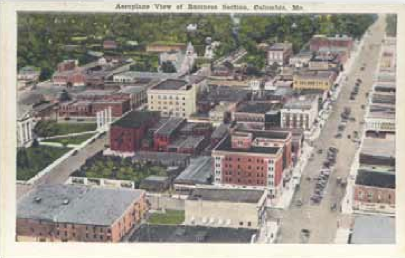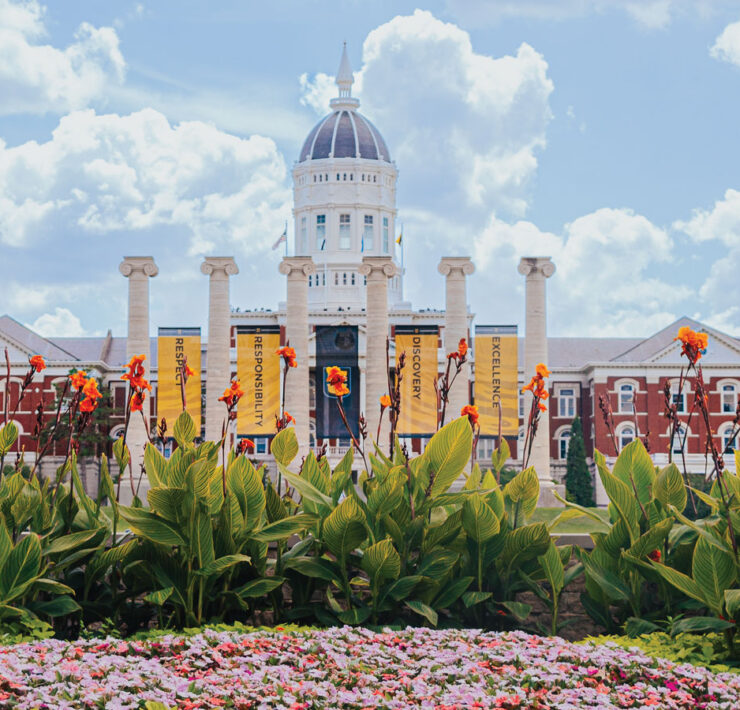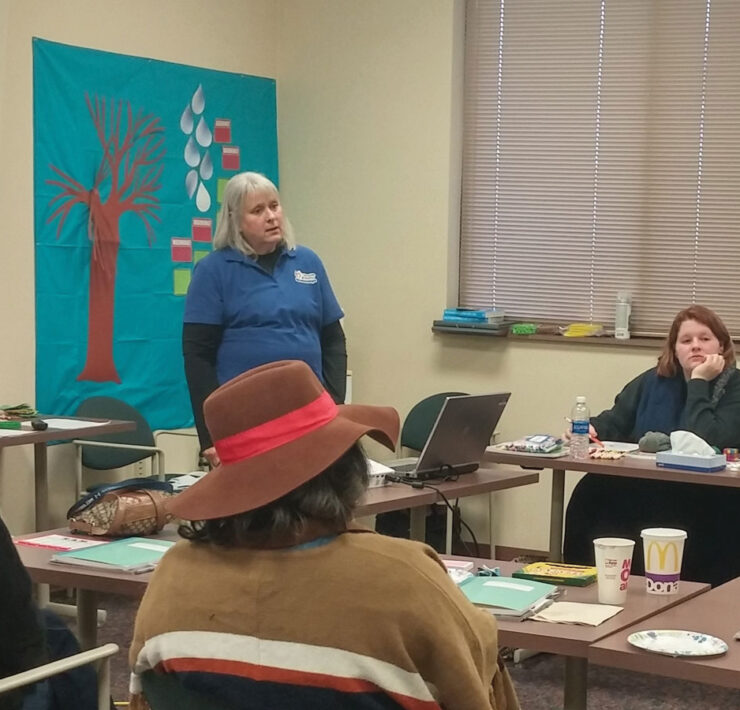Downtown Development Pause
Some were not surprised to learn that the complex web of largely buried downtown utility infrastructures — water, electric and sewer — is about to be overwhelmed if the accelerated pace of downtown development, some of it high-rise in nature, is allowed to continue. These alarms represent the opportune time for broad reviews of citywide infrastructure amidst growth that’s both enviable and vexing. Until the recent rash of apartment developments and several high-rise city-owned parking garages began altering the downtown skyline, the central city’s vertical profile was less than it was a half century ago.
Aside from a couple of city-owned parking lots, it’s mostly a case of losses. In October 1963, the upper floors of the three-story O’Rear Building at the northwest corner of 10th and Broadway were removed. Across the street, 1001 E. Broadway became a parking lot after a May 1983 fire engulfed the Stephens Endowment Building. In 1971, the Semmons Furniture Building at 901 E. Walnut St. — now a park — was another fire victim. Other demolished buildings include the Dorn Cloney Laundry at 115 S. Eighth St. — now a parking lot — and the four-story structure that housed Romano’s Pizza at 1100 E. Broadway, now the site of the Alpine Shop. Demolitions at Stephens College include the Sappington Chapel, Assembly Hall and three dormitories: South, Wales and Hillcrest halls.
Management and the university impact
Impact of these reductions on the downtown utility infrastructure is rather negligible of course, but our collective failure to anticipate, plan, finance and execute certain infrastructure upgrades has been regrettable, especially given the environmentally attractive press for so-called “infill” development across the central city. Some projects already announced have been put on hold; others still undisclosed may, in fact, never come off. The key to much of this activity is the expected growth of the University of Missouri. With enrollment here stalled at around 35,000, there’s still talk of growing the student body to 40,000, which the existing class and laboratory buildings can accommodate.
Management of the aforementioned city-owned utilities should remain within the realm of their professional management and technical staffs, leaning for advice from paid consultants whose expertise in those fields is well established. Future electric power needs may be the easiest to provide as energy flows down copper wire “pipes” that are reallocated from existing and already budgeted-for substations. It’s metal pipes of a different sort and diameter — water and sewer — and the flows of liquids they can accommodate that could hasten the need for expensive new construction. With this come myriad questions about how to pay for all this work.
Strangely absent from this infrastructure discussion is any mention of deteriorating traffic conditions on city streets. Downtown Columbia heads any list where improvement is desperately needed. The heart of Columbia will slowly asphyxiate itself if increasingly sclerotic traffic conditions continue to advance. Many pretend there’s no problem. We’re encouraged to eschew our vehicles. Walk! Ride a bicycle! Take the bus! Still, the knots of impeded traffic grow and grow, becoming longer and longer each day it seems. Congestion is so bad at certain times on portions of Range Line Street, College Avenue, Providence Road and Broadway that those boulevards should be avoided whenever possible.
Heart of the problem
No one has the heart, not to mention the guts and the political willpower, to move the lever when it comes to addressing the downtown street and traffic flow situation. Downtown growth may be stymied by more than just a shortage of electric power, an adequate supply of water at acceptable pressure and pipes large enough to handle future sewer needs if folks can’t readily move in and out of the area. Some have already given up on downtown Columbia and stoutly refuse to have anything to do with the city’s inner area. Others steel themselves for the experience because they have to be there. Maybe the situation will get so bad that one of these days, something will simply have to be done. For now, a downtown development pause may be refreshing, a breather to take stock of that area in particular as well as infrastructure across the city at large.








